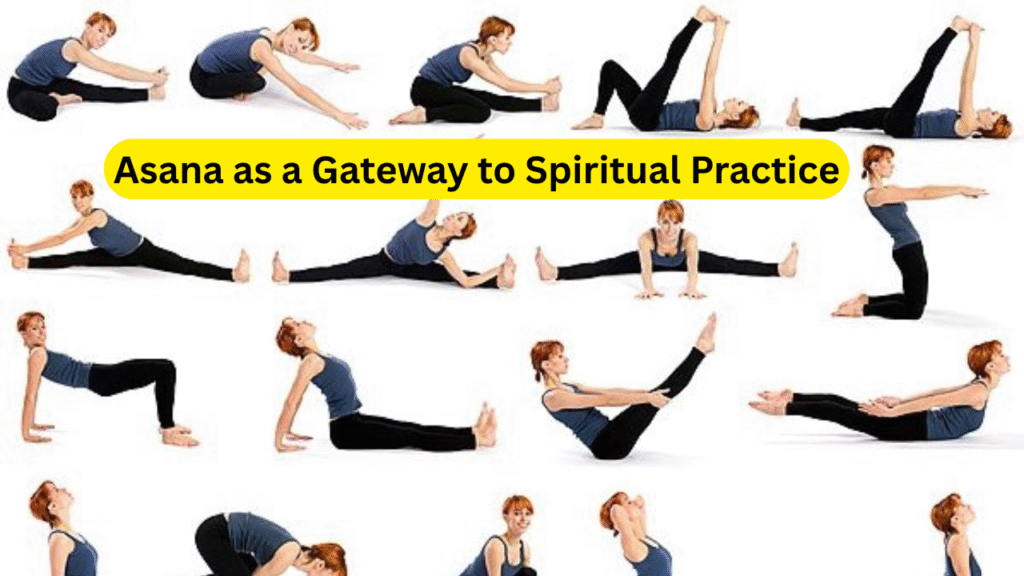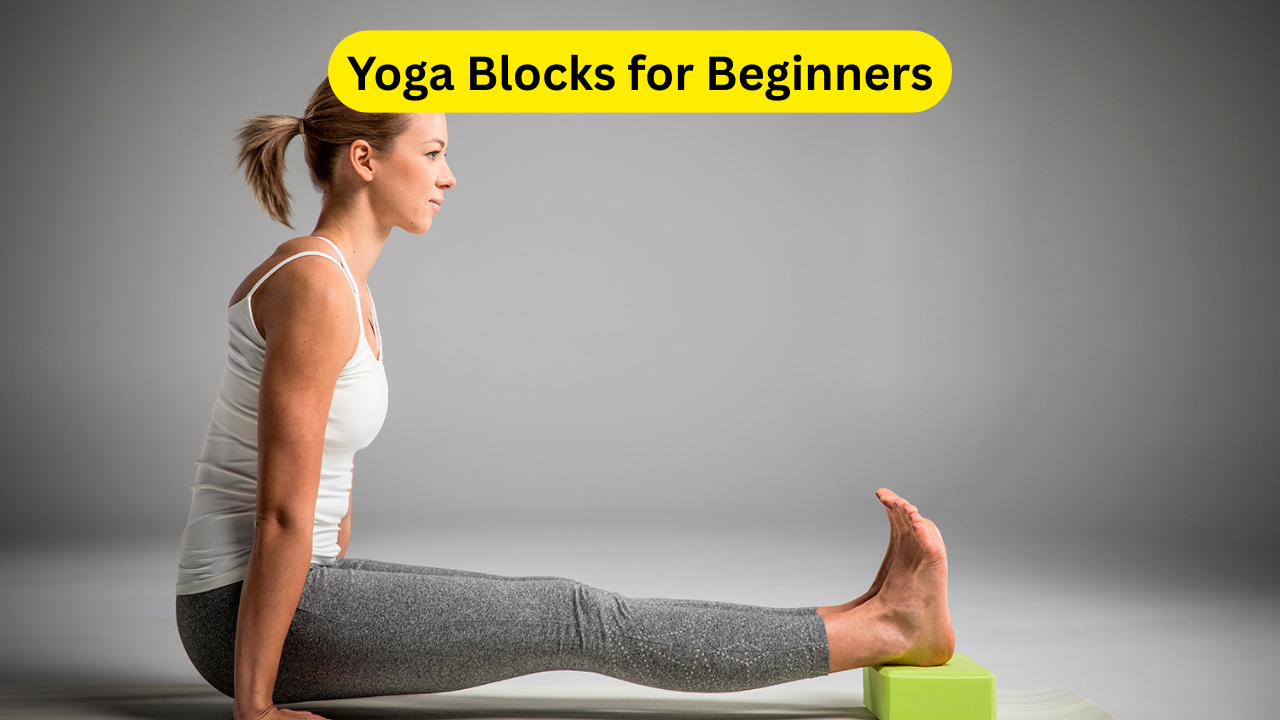No, Asana Isn’t the Least Important Part of Yoga. Here’s Why: Yoga, a spiritual and physical discipline originating in ancient India, has gained global popularity for its holistic approach to wellness. However, in recent years, there’s been a growing misconception that asana—the physical postures of yoga—is the least important aspect of the practice. This belief is often based on the argument that meditation, breathing, and moral principles are more aligned with yoga’s spiritual roots. While it’s true that yoga is much more than just physical exercise, underestimating the role of asana overlooks its vital contributions to the mind-body connection, spiritual growth, and overall well-being.
Asanas are not mere stretches or fitness routines. They are intelligent, purposeful postures designed to prepare the body for meditation and higher states of consciousness. Each pose in yoga has deep anatomical, energetic, and psychological significance. When practiced correctly, asanas can influence our physical health, calm the nervous system, and support emotional resilience. They create the foundation upon which the deeper limbs of yoga—like pranayama (breath control), dharana (concentration), and dhyana (meditation)—can thrive.
Moreover, in today’s fast-paced, anxiety-driven world, many individuals are introduced to yoga through asana practice. It becomes their first step toward a more mindful, conscious life. Far from being the least important, asana often serves as the gateway into a deeper exploration of the self. To dismiss it as secondary is not only inaccurate but may discourage people from engaging with yoga altogether.
What Is Asana, Really?
Understanding the Etymology and Purpose
The Sanskrit word “asana” means “seat” or “posture.” In the traditional yogic texts such as the Yoga Sutras of Patanjali, asana is described as a stable and comfortable posture. Originally, this referred to the seated positions used during long hours of meditation. However, over time, the understanding of asana evolved to include various postures designed to strengthen and align the body for spiritual practices.
Asanas are not only physical exercises but are also designed to influence the energy systems (chakras), improve mental focus, and purify the internal organs. They help remove physical obstacles that might prevent deeper spiritual practices.
The Eight Limbs of Yoga and the Role of Asana
Yoga is traditionally described as an eight-limbed path (Ashtanga Yoga) in the Yoga Sutras:
- Yama (ethical restraints)
- Niyama (personal observances)
- Asana (posture)
- Pranayama (breath control)
- Pratyahara (withdrawal of senses)
- Dharana (concentration)
- Dhyana (meditation)
- Samadhi (bliss or enlightenment)
Why Asana Comes Before Pranayama and Meditation
The placement of asana as the third limb of yoga is not accidental. Before one can focus the mind or regulate the breath, the body must be balanced, strong, and free of tension. Asana prepares the practitioner to sit in meditation without discomfort or distraction. Skipping this essential step can result in physical pain or restlessness that hinders deeper practices.
Click here: Nio Firefly Rally Car: The Wild Chinese Contender Eyeing the WRC Stage
Health Benefits of Asana
Physical Health
- Improves flexibility and joint mobility
- Enhances muscular strength and endurance
- Boosts cardiovascular and respiratory function
- Aids in detoxification and digestion
- Promotes healthy posture and spinal alignment
Mental and Emotional Benefits
- Reduces stress and anxiety
- Enhances focus and mental clarity
- Boosts mood and emotional balance
- Encourages self-awareness and mindfulness
These health benefits contribute significantly to the practitioner’s ability to engage in higher yogic practices with clarity and intention.
Asana as Meditation in Motion
While traditional meditation involves stillness, asana offers a dynamic pathway to mindfulness. When performed with awareness, each movement and breath becomes a meditation. This form of moving meditation builds concentration, patience, and inner stillness—qualities that are crucial for progressing along the spiritual path.
Misconceptions About Asana
“Asana is just exercise”
This is one of the most common misunderstandings. While asana has physical benefits, it is deeply intertwined with breath (pranayama) and mental focus (dharana). It is a holistic tool, not a mere workout.
“Advanced yoga means headstands and splits”
Flexibility and acrobatics are not indicators of yogic mastery. The real depth of asana lies in how consciously a posture is performed, how it affects the breath, and how it aligns with ethical principles.
“Asana is for the young and fit”
Yoga is accessible to all body types and ages. Asana can be modified and adapted to suit individual needs, making it a powerful practice for inclusivity and healing.
Asana as a Gateway to Spiritual Practice
For many, asana is the first contact point with yoga. It draws them in through physical benefits, and gradually introduces them to deeper dimensions such as breathing techniques, meditation, and self-inquiry. A regular asana practice often leads to a shift in lifestyle, diet, and mindset—paving the way for inner transformation.

Scientific Backing for the Importance of Asana
Numerous studies show that regular asana practice:
- Lowers cortisol (stress hormone) levels
- Improves brain function and memory
- Enhances parasympathetic nervous system activity (rest and digest)
- Increases GABA levels in the brain, which is linked to reduced anxiety
This scientific validation underscores the fact that asana is not only spiritual but also biologically essential in today’s stress-prone environments.
Incorporating Asana into Modern Life
Tips for Daily Practice
- Consistency: Practice for at least 20–30 minutes daily.
- Mindfulness: Focus on breath and alignment, not just form.
- Balance: Include a mix of standing, seated, and restorative poses.
- Customization: Adapt postures to suit your physical condition.
- Integration: Use asana to transition into breathwork or meditation.
Also read: 50 Hour Yoga Sculpt Teacher Training: Elevate Your Fitness and Teaching Skills
No, Asana Isn’t the Least Important Part of Yoga. Here’s Why Conclusion
Asana is far from being the least important part of yoga. In fact, it serves as the bridge between the external and internal realms, making higher yogic practices more accessible. To label it as secondary is to misunderstand its deep, transformative power.
Yoga is not about picking one limb over another—it is about integration. Asana is an entry point, a vehicle for purification, and a training ground for the body and mind. Without a steady asana practice, progressing into meditation or attaining spiritual insight becomes more difficult.
In an age dominated by stress, mental unrest, and sedentary lifestyles, asana offers a practical and powerful solution. It reconnects us to our breath, our body, and ultimately, our inner self.
True yoga honors all eight limbs, and asana is not a stepping-stone to be left behind—it is a pillar that supports the entire structure. Whether you’re a beginner or a seasoned practitioner, revisiting the depth of asana can revitalize your practice and deepen your understanding of what yoga truly is.
So the next time someone dismisses asana as just physical movement, remind them: it’s meditation in motion, medicine for the body, and magic for the soul.
No, Asana Isn’t the Least Important Part of Yoga. Here’s Why FAQs
1. Isn’t yoga supposed to be spiritual? How does asana fit into that?
Yes, yoga is deeply spiritual, but spirituality in yoga is not about abstract beliefs—it’s about experiential awareness. Asana prepares the body to sit still, balance energy, and cleanse emotional blockages, making spiritual practices like meditation more effective.
2. Can I skip asana and just do meditation or breathwork?
You can, but it might not be as effective. A stiff or restless body often distracts the mind. Asana readies your physical and energetic systems, allowing breathwork and meditation to happen with greater ease and depth.
3. What if I’m not flexible enough to do yoga asanas?
Flexibility is not a requirement; it is a result of consistent practice. Asana can be modified to fit every body type. Yoga is about inner growth, not performing perfect postures.
4. How long should I practice asanas each day?
Even 20 to 30 minutes a day of focused, mindful practice can yield benefits. Over time, you may naturally feel drawn to extend your practice or incorporate other yogic elements like pranayama or meditation.
5. Is it okay to practice only asana and still be considered a yogi?
Yes. While yoga encompasses more than just asana, many start with asana and gradually explore other limbs. A yogi is someone on the path of awareness and transformation—and asana is a legitimate and powerful part of that journey.







